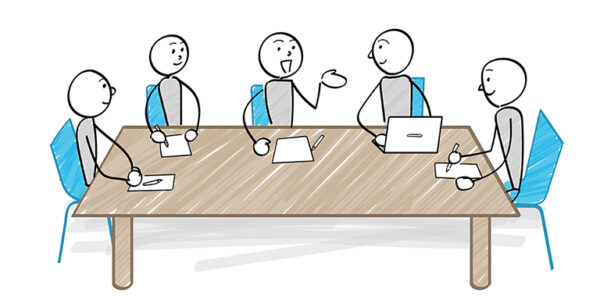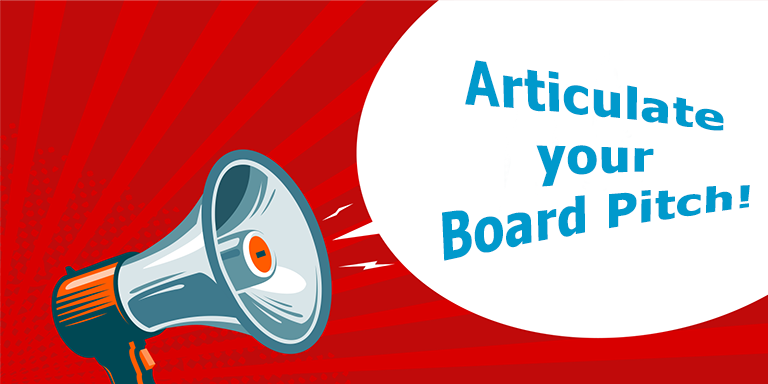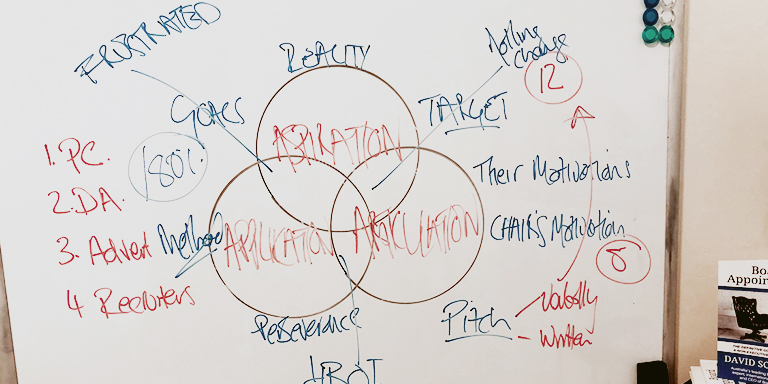Holiday Reading – 5 Books to help you get a board seat

With the holiday season ahead, with a bit of luck, you will find some downtime. What better way to spend it than to invest in your board career with these practical reads. In this article, I have outlined my top 5 books to help you get that board seat you have been chasing. Of course, I will focus on the takeaways that will assist with your board career, but they all have practical advice and methodologies that you can apply to your executive career and personal life.
So let’s get started.
#1 Find Your Why (Simon Sinek)
Review
This is the follow-up book to Simon Sinek’s best-seller ‘Start With Why’, which many of you will have read or heard of. Whilst “Start with Why” focuses on successful organizations, ‘Find Your Why’ takes the Goldern Concept further to focus on the steps individuals can take to figure out their purpose (Why).
“Find Your Why” is a short and practical book. It is full of exercises to help you recognize your Why – your purpose, cause, or belief that should be the driving force behind most of your actions.
“Find Your Why” reinforces a well-researched psychological theory that, for most of us, true success comes from pursuing meaningful work that aligns with our values. At the very least, the book will inspire you to embark on a journey of self-discovery.
Actionable Takeaways to help you get appointed
Not everyone agrees with Simon’s philosophy that everything should start with why, but when it comes to gaining a board seat, the why is everything. Why, you may ask. There are many reasons:
- Discovering your why will help you identify which boards and board roles are right for you. To successfully gain a board role, you must have realistic expectations and target the right organizations.
- If you are on a board that shares your why, you are more likely to thrive and be offered other board opportunities.
- When you know your why, you find your passion. Board chairs seek passionate board members. Chairs know that skills can be learned and knowledge can be gained, but passion for the board’s and the organization’s goals can make a difference.
#2 Getting Things Done: The art of stress-free productivity (David Allen)
Review
This is one of the most significant productivity books of the last two decades. It offers powerful, practical strategies for vastly increasing your organizational skills, efficiency and creativity in your work and personal. David Allen shows how to cut through the clutter in your mind, on your desk and on your devices to get much more done with much less effort. How to complete your ‘to do’ lists with a fail-safe system.
In fact, David has developed his system into a 5-step methodology, the Getting Things Done (GTD) method-:
- Capture – collect or write down what needs to be done or on your mind
- Clarify – determine what is actionable and what to do with them
- Organize – sort, categorize and set reminders
- Reflect – review and update your system constantly
- Engage – action with confidence and clarity
Takeaways to help you get appointed
Finding board opportunities and gaining a board seat takes time, perseverance and a regular commitment to the process. And it is a process; no one is going to tap you on the shoulder and offer you your dream board role.
One of the main reasons people fail is that life and their executive careers get in the way. They feel completely overwhelmed with their growing list of tasks to complete, let alone taking on more to gain or maintain a board seat. This is where most of you give up. They simply do not find the time to pursue the right board role for them, develop a board network, or apply for board roles.
I am a huge fan of frameworks and manageable systems to get things done and achieve your goals. My entire Board Appointment Program and How to Unlock Hidden Board Roles training is based on breaking the process of gaining a board seat into a manageable, actionable framework. Adding GTD methodology to your daily professional and personal life will make you more productive and able to allocate time to get a board seat. It will manage multiple projects simultaneously with fewer distractions and greater clarity and focus.
At the end of the day, even if you are still unsuccessful in gaining a board seat, the organizational, time-management and cognitive thinking skills you will have developed by practising GTD will make you far more productive, creative and a better decision-maker.
#3 Presence – Bringing Your Boldest Self To Your Biggest Challenges (Amy Cuddy)
Review
Amy Cuddy is best known for having delivered the 2nd most-watched TED talk in history. The talk is titled “Your Body Shapes Who You Are”.
“Presence stems from believing in and trusting yourself—your real, honest feelings, values, and abilities. That’s important because if you don’t trust yourself, how can others trust you? Whether we are talking in front of two people or five thousand, interviewing for a job, negotiating for a raise, or pitching a business idea to potential investors, speaking up for ourselves or speaking up for someone else, we all face daunting moments that must be met with poise if we want to feel good about ourselves and make progress in our lives. Presence gives us the power to rise to these moments.” — From Presence by Amy Cuddy.
The most profound element of Amy’s research focuses on the power of body language—specifically, how we can use our physiology (our bodies) to increase our power and presence. Body language can enable you to override your fight-or-flight instinct, allowing you to be grounded, open, and engaged. It has been tested and proven. Your body pose can change hormone levels and your mind.
Takeaways to help you get appointed
Networking is key to gaining a board seat, as 65% of all board appointments are made via a personal or professional connection. The main hurdle to making these connections is the fear of rejection and worrying about what others may think. Having a presence is about having control, confidence, and self-assurance to stop the constant inner monologue.
Cuddy’s research and advice are also extremely useful once you have made it to a board interview. Here, the takeaway is to focus on the Power in the Body and the Power in the Voice, not only to articulate what you have to offer the board but also to provide confidence to the panel that you are a strong candidate and leader.
My final takeaway is Cuddy’s “Fake it until you become it” theory. Don’t get me wrong; this is not about faking your skills or experience to get a board seat. It is about practice, body language and portraying confidence. This confidence will allow you to share your knowledge and present your true self.
#4 Smart Brevity: The Power of Saying More with Less (Roy Schwartz, Mike Allen, Jum VandeHei)
Review
Smart Brevity is a communication formula created by Jim VandeHei, Mike Allen, and Roy Schwartz based on their decades of experience in media, business, and communications. Simply put, it is a method of conveying important information concisely and impactfully. The focus is on eliminating unnecessary words and delivering the essential message effectively and clearly. This approach can be applied to most forms of spoken and written communication.
With the rise of communication technology, people are bombarded with far more communication from multiple sources simultaneously. It is not physically possible to consume everything. Therefore, it is critical to communicate faster and more efficiently without losing quality.
Takeaways to help you get appointed
Whether a selection panel is assessing your board application, you are talking to a recruiter, at a networking event or in a board interview, you essentially have just 7 seconds to make an impression. One way to do this is to effectively articulate your message in the shortest amount of time whilst separating yourself from the competition. Most of us find this task difficult, so taking expert tips can make all the difference.
The book provides the methodology and how-to to apply immediately to your communication. And, like most things, you will get better with practice. As we go further into the digital era and now AI, quality of quantity will be the only way to communicate effectively.
As a former executive recruiter, I can tell you that recruiters are incredibly time-poor. By applying Smart Brevity, you are more likely to get my attention, make a good impression by respecting my time, and make my job easier by clearly conveying the essential information I need.
#5 The DIP (Seth Godin)
“The extraordinary benefits of knowing when to quit (and when to stick)”
Review
The book revolves around the theory that all worthwhile journeys have a dip. Success comes from accepting this, recognizing it, and making a conscious decision about when to and when not to push through the dip. Godin’s fundamental concepts are that:
- Winners quit the right stuff at the right time.
- People settle for good enough instead of the best in the world.
- Being well-rounded is not the secret to success.
Society assumes that you are going to quit. Some systems and organizations profit from this fact. However, if you learn about the systems or processes ahead of you and anticipate the dips or obstacles, you are more likely to push through at the point where others give up.
In the Dip, Godin explains the importance of quitting strategically. It can be used as a successful approach to managing your life and career. But there are times when selling or quitting is the wrong thing. As it happens, there is a reasonably simple way to determine what to do and when to do it.
Takeaways to help you get appointed
The path to a board seat is a long and worthwhile journey for most. It is one that will be full of obstacles and dips. Most give up far too early, leaving the spoils to those who persevere and push through. Others will persevere on a set pathway when they should give up and reassess to find a new path or end goal.
During my Board Appointment Coaching Program, I will teach you the systems and the processes of gaining a board appointment. I will also show the different pathways you can take. Everyone’s pathway to a board seat will be different. Everyone’s obstacles and Dips along the way will also be different. But a successful board appointment journey takes perseverance. Applying the concepts and theories of The Dip will help you find the right pathway for you.
Conclusion
Gaining a board seat is not something that will just happen. It takes time, perseverance and an actionable plan. You also need to be prepared to change your plan and goals along the way.
Everyone’s journey to their first and even subsequent board seats will be different, and so will the obstacles they face along the way. The books I have recommended should help most of you, regardless of where you are in your board career or what obstacles, dips or speed humps you are facing.
Even if you have read some of these books in the past, I recommend you read them again. This time, focus on how you can apply the theories and concepts in relation to the processes of gaining a board seat.
Related Articles
What first board seat is right for me?
Board chairs seek passionate board members
About the Author
David Schwarz is CEO & Founder of Board Appointments. He has over a decade of experience in putting people on boards as an international headhunter and recruiter. He has interviewed hundreds of directors and placed hundreds into some of the most significant public, private and NFP director roles in the world.







Responses